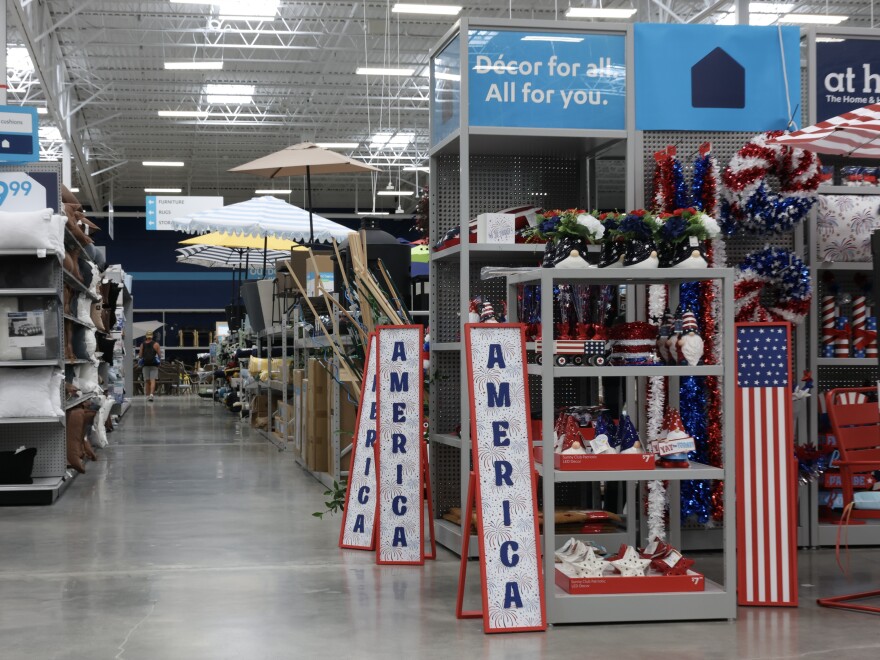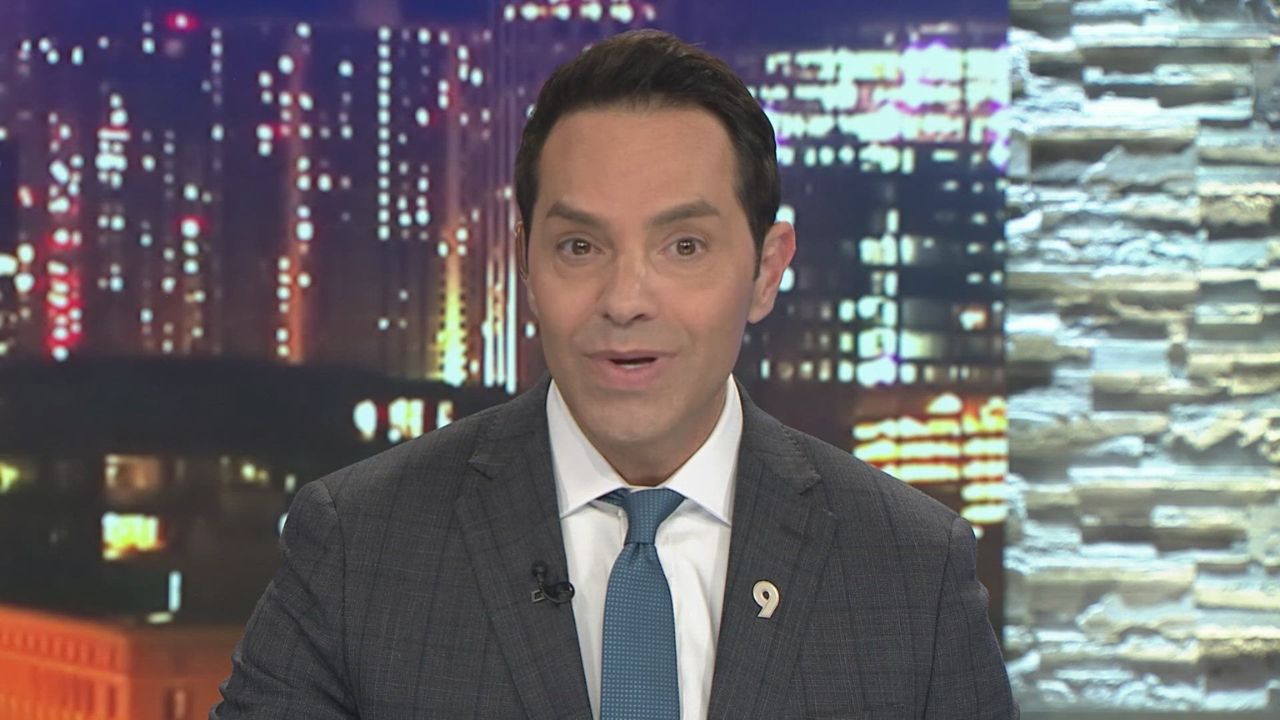Updated @ 10:35 AM EDT on August 12, 2025
Last month, shoppers were still plagued by inflation as they had to pay a greater share of the price of President Trump’s tariffs.
According to a Labor Department data released Tuesday, consumer prices increased 2.7% in July compared to the same month last year. The yearly growth was comparable to the previous month.
The expense of living increased as a result of rising import prices for furniture and toys. A significant decrease in the price of fuel helped to somewhat counteract it.
For the 12 months ended in July, “core” inflation, excluding volatile food and energy prices, was 3.1%. This is an increase from 2.9% for the June-ending 12 months.
Consumers will likely continue paying more
Trump has levied 10%–30% tariffs on almost all U.S. imports since April. Since the average tariff rate currently exceeds 18%, taxes on goods from numerous nations are increasing even more this month.
Some of the expense has been covered by importers, or they have negotiated lower prices with their overseas suppliers. However, consumers will undoubtedly pay more because the government collects tens of billions of dollars in tariffs each month.
It’s loading…
How much higher and for how long are the only questions.
Chris Waller, the governor of the Federal Reserve, has maintained that tariffs will raise prices temporarily but won’t keep driving up inflation month after month. Although that is a realistic forecast, Fed Chairman Jerome Powell believes the central bank needs to be careful not to let inflation turn out to be more persistent.
At its most recent policy meeting in July, the Fed kept interest rates unchanged. Investors, meanwhile, are wagering that the Fed will cut its benchmark rate by a quarter-percentage point when officials meet next month due to labor market weakness.Copyright 2025 NPR






